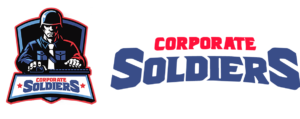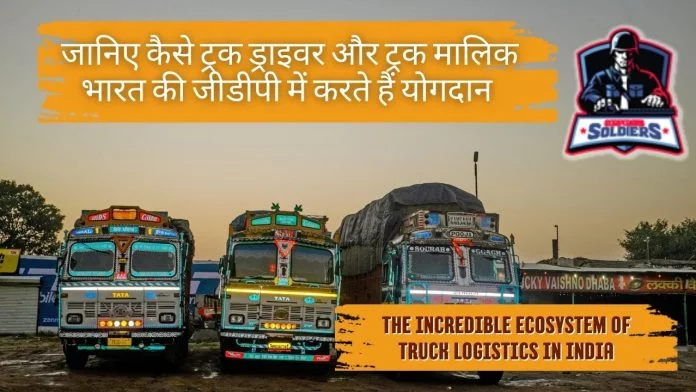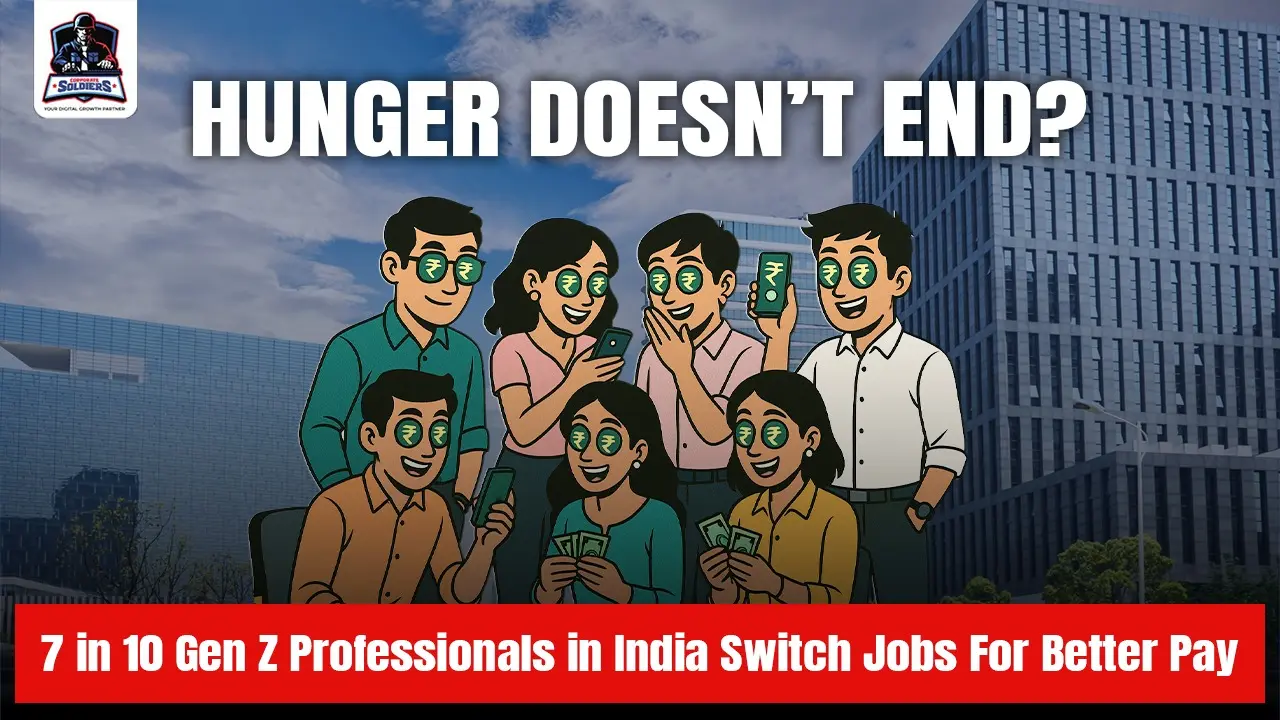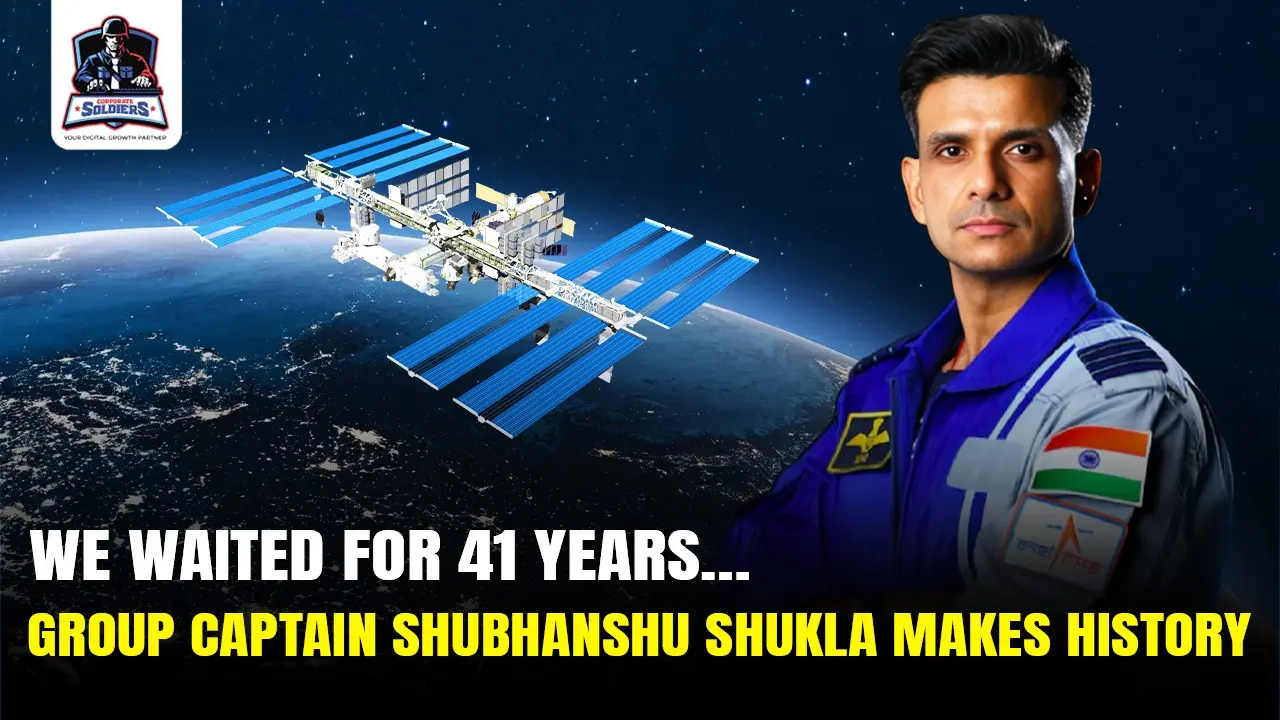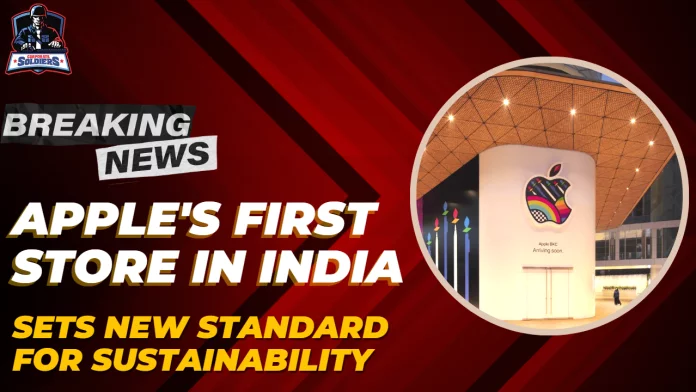More than 60% of Indian supply chain movement occurs via the huge network of roadways, and in order to travel such great distances, the mode of transport must be highly durable and capable of effortlessly transporting heavy loads. Thus, Trucks contribute a big chunk to the complete transport ecosystem.
With the recent introduction of technologies such as IoT, Artificial Intelligence (AI), and Machine Learning (ML), this sector has paced up.
There are two types of loads: FTL (Full Truckload) and LTL (less than a truckload) (less than a truckload). In FTL, just one company’s material is transported, but in LTL, several shippers send their product loaded onto the trailer. FTL leads the road shipment market in terms of revenue and volume. Because of the greater hazard associated with carrying numerous loads, higher insurance costs, and other variables, the average freight cost paid for LTL is more than for FTL.
India has one of the largest logistics industries in the world. The industry is expected to be worth $215 billion approximately and is expanding at a CAGR of 10.5%. According to a study by the Ministry of Commerce and Industry, it employs 22 million people in India. In India, logistics is thought to be about 14% of the GDP. Since the Truck and lorry network forms a big chunk of that, it is a high-value industry in itself.
The logistics and transportation industries in India are undergoing a rapid transformation because of innovation. India’s post-covid resiliency, along with the government’s rapid National Logistics Policy, has propelled the 10.5% CAGR growth. Tata Motors teamed with the News18 network to build a thought leadership forum titled “Trucking into the Future” to discourse on logistics difficulties and address them with intellectual acumen and inventive solutions. This one-of-a-kind project brought together professionals from many industries in Mumbai, including steel, cement, petroleum, oil, and lubricants.
Analysts predict that it will soon undergo a full sectoral transformation as well as produce a whole new breed of paradigms, particularly with regard to drivers.
Mr. Girish Wagh, President of Tata Motors Ltd., discussed the lofty aim of decreasing costs to a single-digit percentile from the present 14% set by the recently revealed NLP.
He quoted, “The vision of the National Logistics Policy is to build a modern, efficient and resilient logistics sector that seamlessly integrates multiple modes of transportation systems, leverage the best-in-class tech processes and skilled manpower to significantly improve the country’s logistics performance and reduce the cost”. He emphasized Tata Motor’s commitment to continuous quality advancements and ahead-of-the-curve investments in his closing remarks also discussing measures in order to provide safe, sustainable, smart, and connected logistics solutions and ensure beneficial benefits to all the stakeholders in the transportation ecosystem,
भारतीय आपूर्ति श्रृंखला का 60% से अधिक संचलन रोडवेज के विशाल नेटवर्क के माध्यम से होता है, और इतनी लंबी दूरी की यात्रा करने के लिए, परिवहन का साधन अत्यधिक टिकाऊ और भारी भार को आसानी से परिवहन करने में सक्षम होना चाहिए। इस प्रकार, ट्रक पूरे परिवहन पारिस्थितिकी तंत्र में एक बड़ा हिस्सा योगदान करते हैं।
आईओटी, आर्टिफिशियल इंटेलिजेंस (एआई) और मशीन लर्निंग (एमएल) जैसी तकनीकों की हालिया शुरूआत के साथ, इस क्षेत्र में तेजी आई है।
भार दो प्रकार के होते हैं: FTL (पूर्ण ट्रक लोड) और LTL (ट्रक लोड से कम) (ट्रक लोड से कम)। एफटीएल में, केवल एक कंपनी की सामग्री का परिवहन किया जाता है, लेकिन एलटीएल में, कई शिपर्स अपने उत्पाद को ट्रेलर पर लोड करके भेजते हैं। एफटीएल राजस्व और मात्रा के मामले में सड़क लदान बाजार का नेतृत्व करता है। कई भार, उच्च बीमा लागत और अन्य चर ले जाने से जुड़े अधिक खतरे के कारण, एलटीएल के लिए भुगतान की जाने वाली औसत माल ढुलाई लागत एफटीएल से अधिक है।
भारत में दुनिया के सबसे बड़े रसद उद्योगों में से एक है। इस उद्योग के लगभग $215 बिलियन मूल्य का होने की उम्मीद है और यह 10.5% के सीएजीआर से विस्तार कर रहा है। वाणिज्य और उद्योग मंत्रालय के एक अध्ययन के अनुसार, यह भारत में 22 मिलियन लोगों को रोजगार देता है। भारत में, रसद को सकल घरेलू उत्पाद का लगभग 14% माना जाता है। चूंकि ट्रक और लॉरी नेटवर्क इसका एक बड़ा हिस्सा है, यह अपने आप में एक उच्च मूल्य वाला उद्योग है।
भारत में रसद और परिवहन उद्योग नवाचार के कारण तेजी से परिवर्तन के दौर से गुजर रहे हैं। सरकार की तीव्र राष्ट्रीय रसद नीति के साथ-साथ भारत की पोस्ट-कोविड लचीलापन ने 10.5% सीएजीआर वृद्धि को प्रेरित किया है। टाटा मोटर्स ने रसद संबंधी कठिनाइयों पर चर्चा करने और उन्हें बौद्धिक कौशल और आविष्कारशील समाधानों के साथ संबोधित करने के लिए “भविष्य में ट्रकिंग” नामक विचार नेतृत्व मंच बनाने के लिए News18 नेटवर्क के साथ मिलकर काम किया। अपनी तरह की इस अनूठी परियोजना ने स्टील, सीमेंट, पेट्रोलियम, तेल और स्नेहक सहित मुंबई के कई उद्योगों के पेशेवरों को एक साथ लाया।
विश्लेषकों का अनुमान है कि यह जल्द ही एक पूर्ण क्षेत्रीय परिवर्तन से गुजरेगा और विशेष रूप से ड्राइवरों के संबंध में प्रतिमानों की एक पूरी नई नस्ल का निर्माण करेगा।
टाटा मोटर्स लिमिटेड के अध्यक्ष श्री गिरीश वाघ ने हाल ही में सामने आई एनएलपी द्वारा निर्धारित 14% से वर्तमान 14% प्रतिशत से एक अंक के प्रतिशत तक लागत कम करने के उदात्त उद्देश्य पर चर्चा की।
उन्होंने उद्धृत किया, “राष्ट्रीय रसद नीति का दृष्टिकोण एक आधुनिक, कुशल और लचीला रसद क्षेत्र का निर्माण करना है जो देश के रसद प्रदर्शन में उल्लेखनीय सुधार करने के लिए परिवहन प्रणालियों के कई तरीकों को समेकित रूप से एकीकृत करता है, सर्वोत्तम तकनीकी प्रक्रियाओं और कुशल जनशक्ति का लाभ उठाता है। और लागत कम करें ”। उन्होंने अपनी समापन टिप्पणियों में टाटा मोटर की निरंतर गुणवत्ता प्रगति और अग्रिम निवेश के प्रति प्रतिबद्धता पर जोर दिया और सुरक्षित, टिकाऊ, स्मार्ट और कनेक्टेड रसद समाधान प्रदान करने के उपायों पर भी चर्चा की और परिवहन में सभी हितधारकों को लाभकारी लाभ सुनिश्चित किया। पारिस्थितिकी तंत्र,
